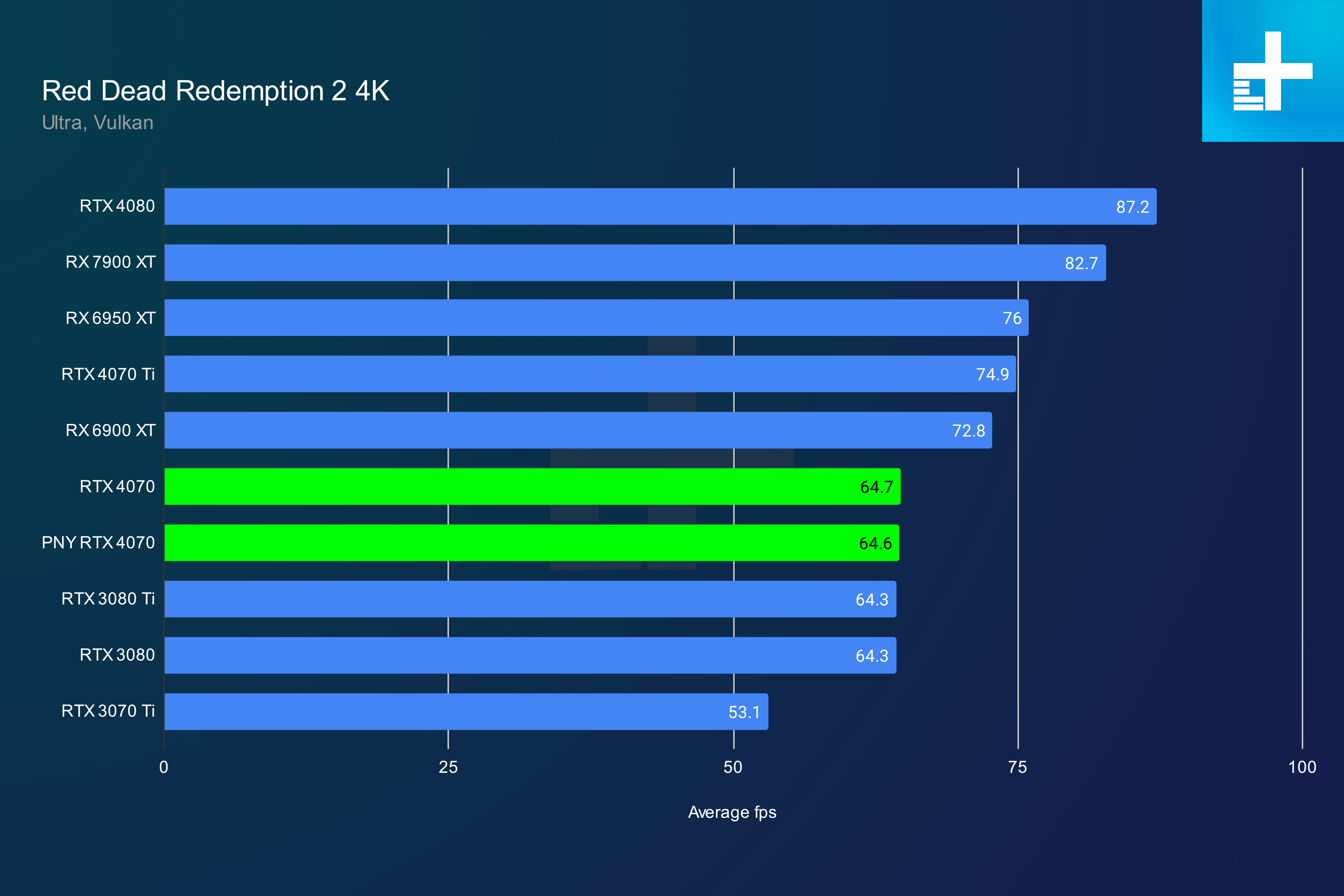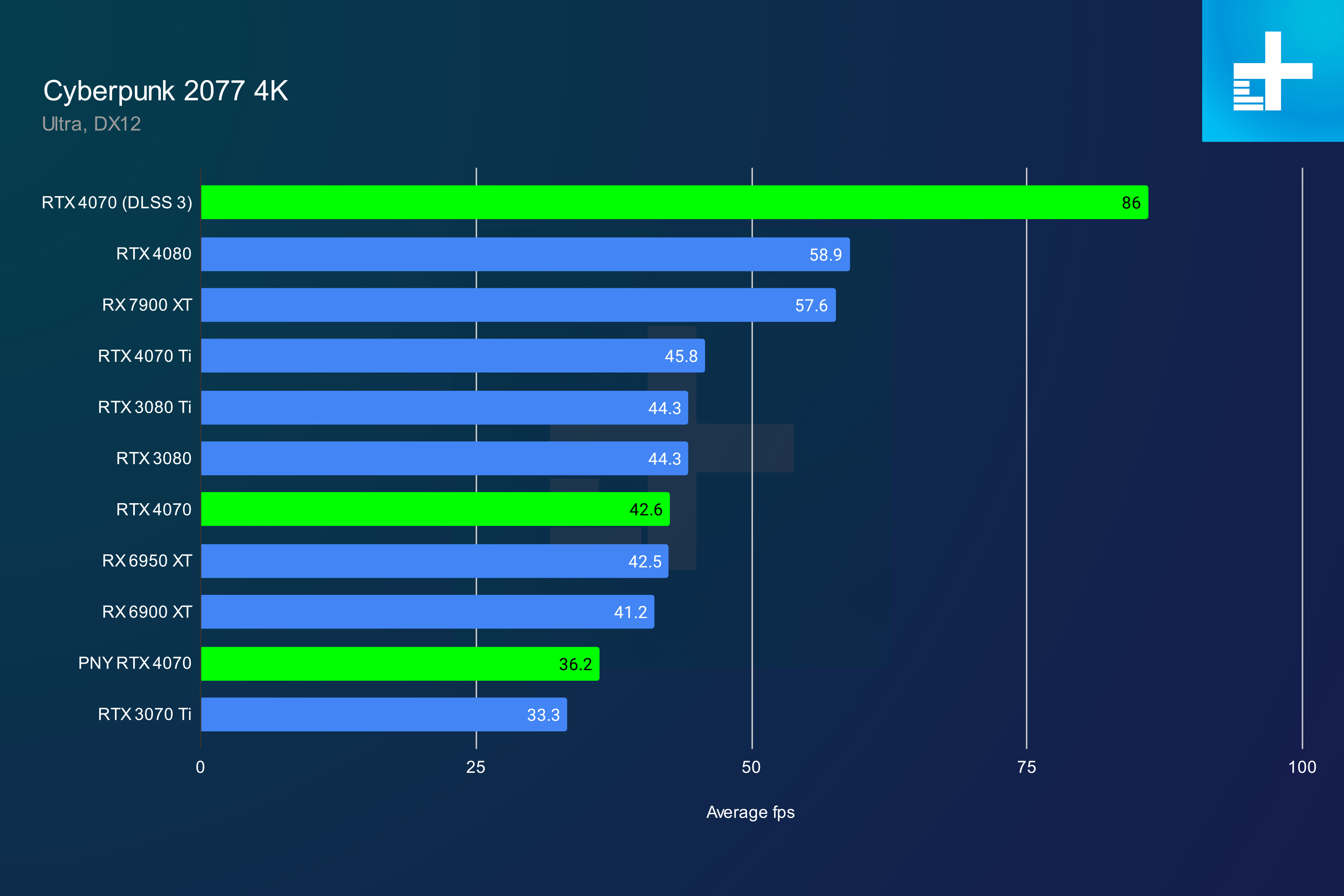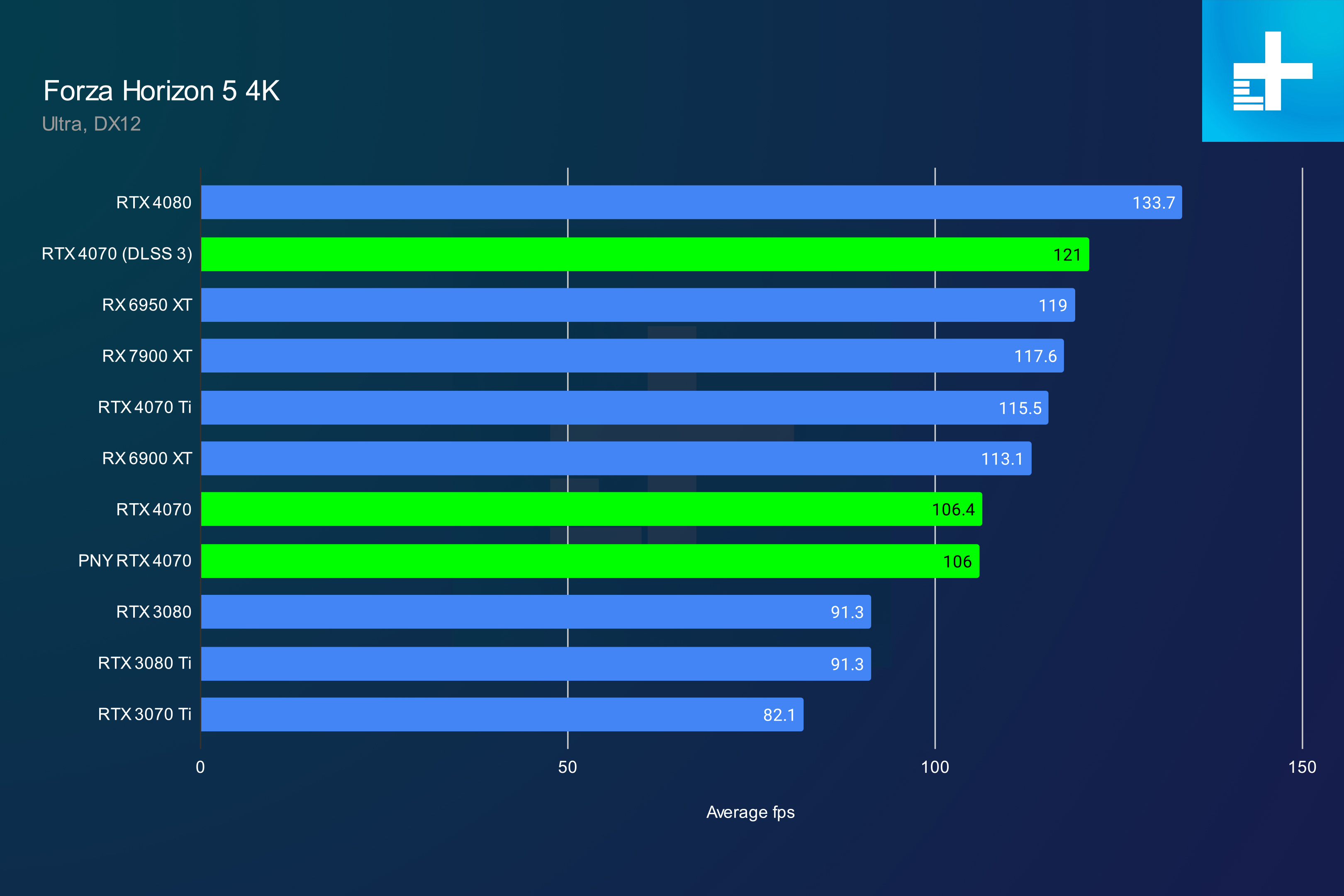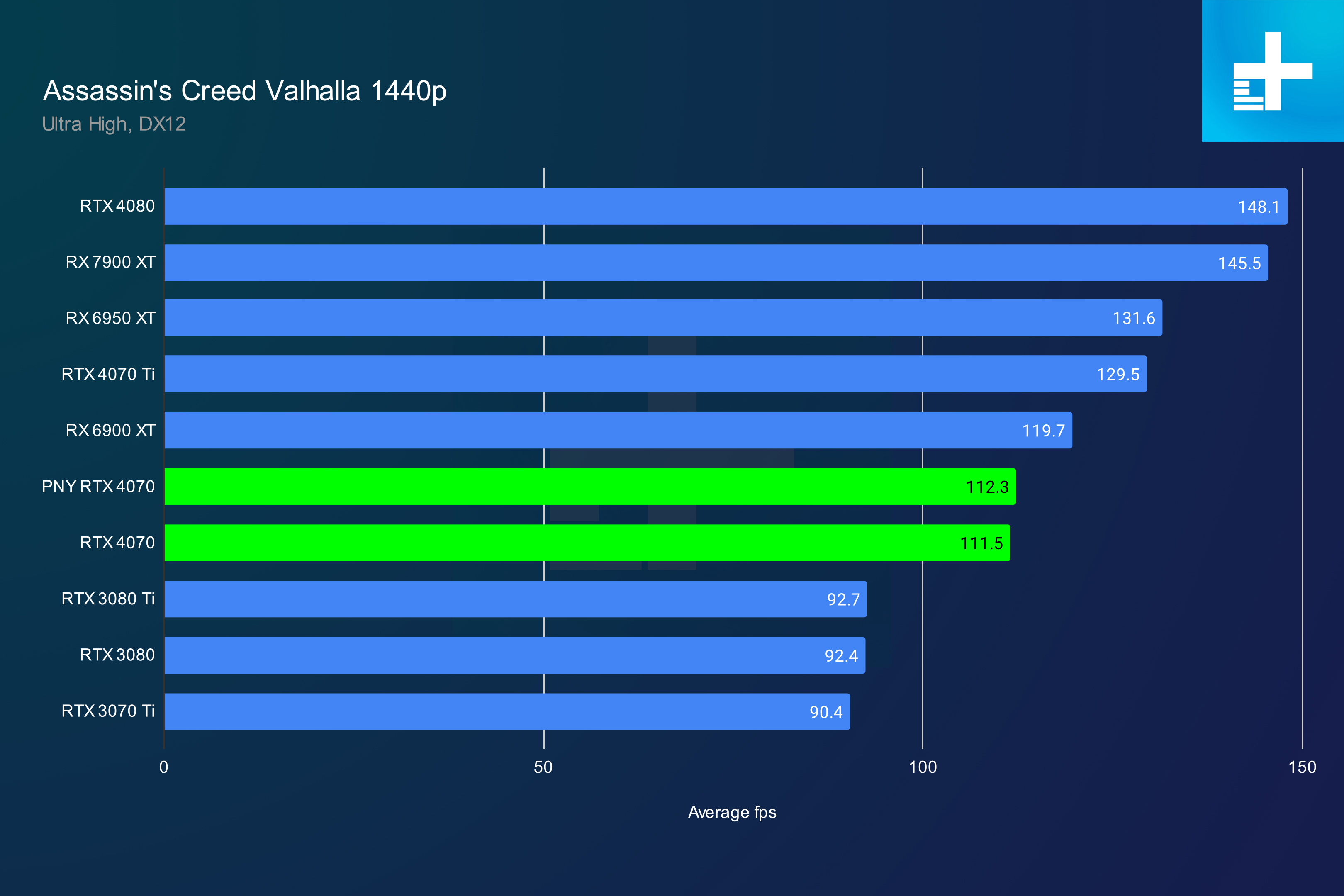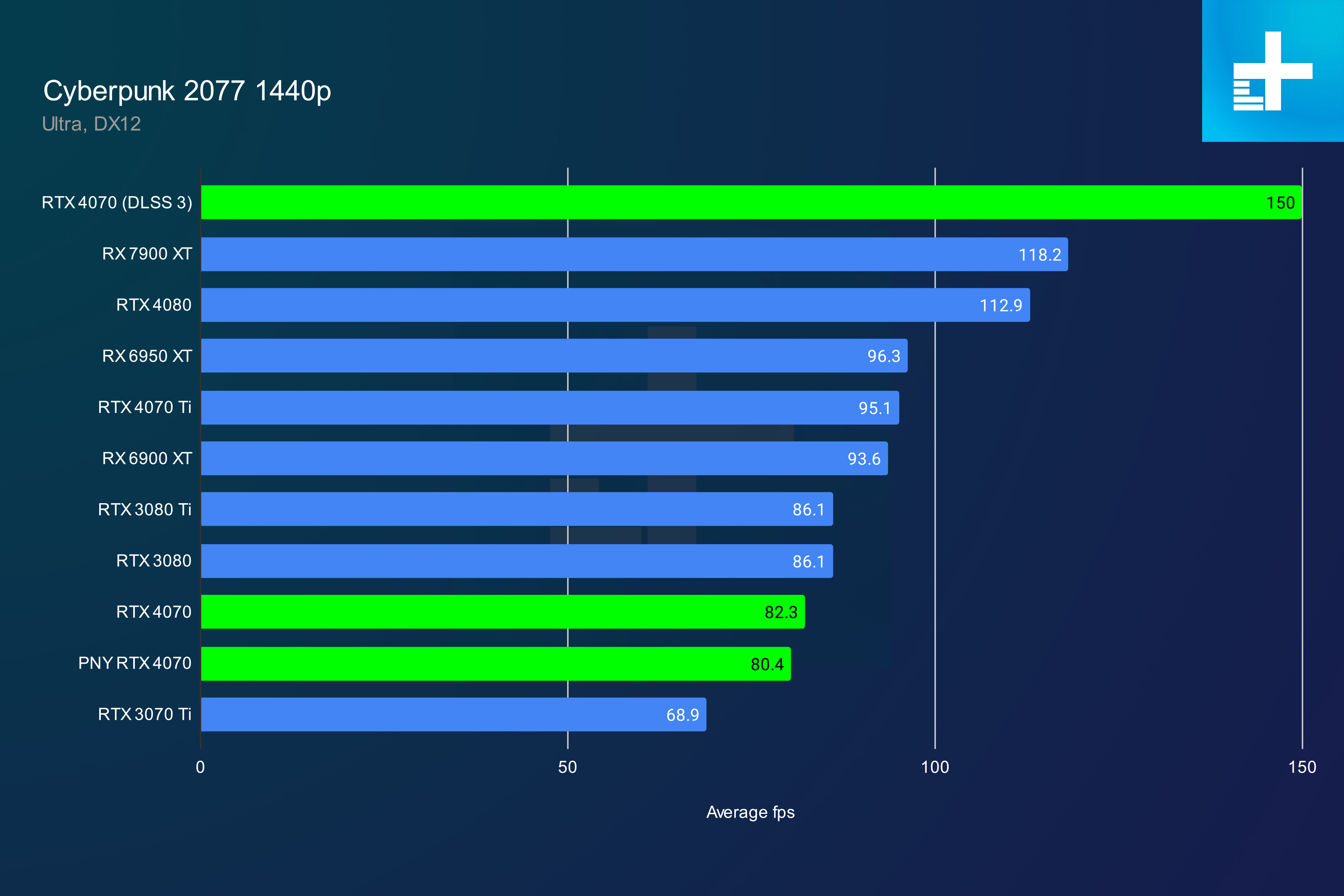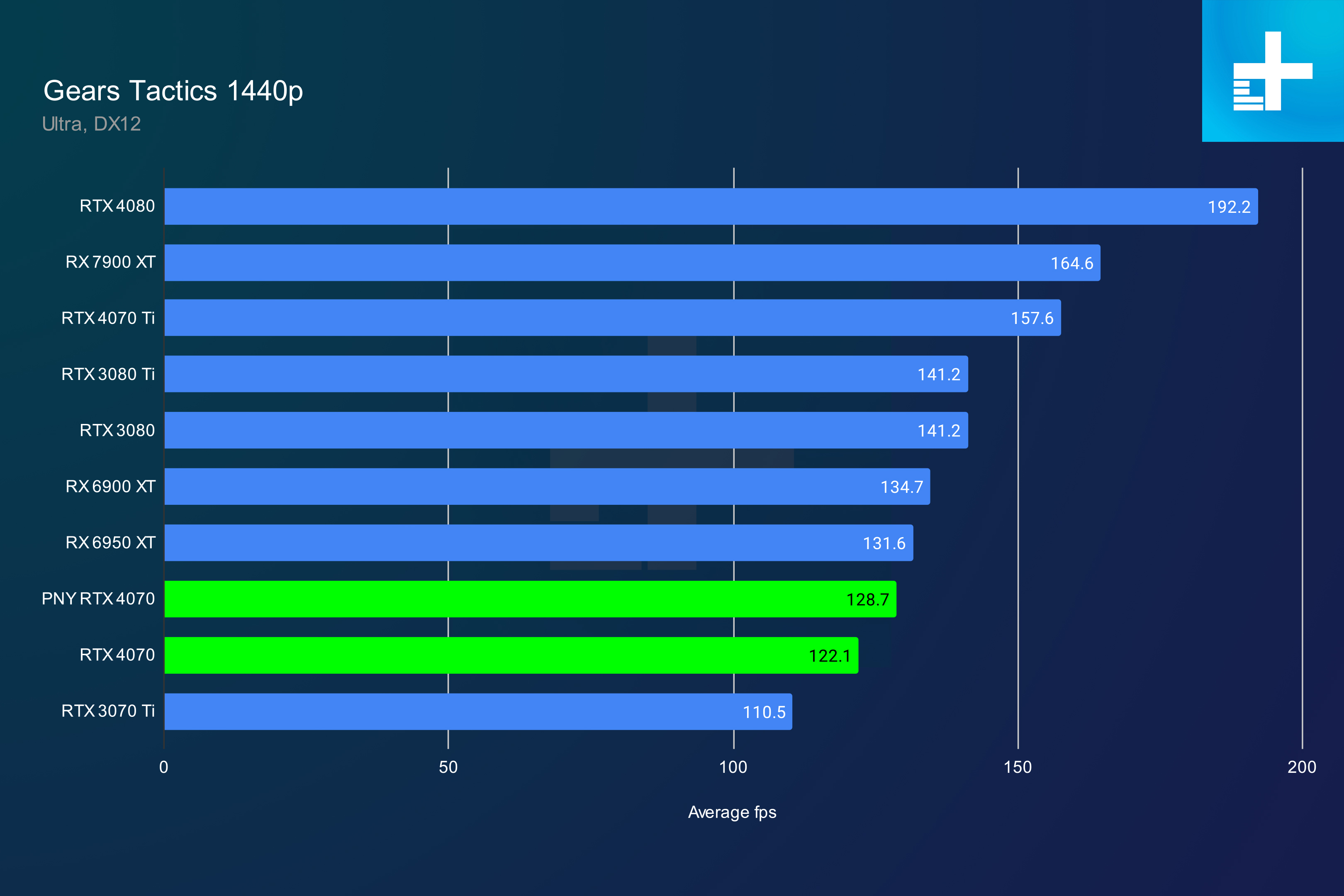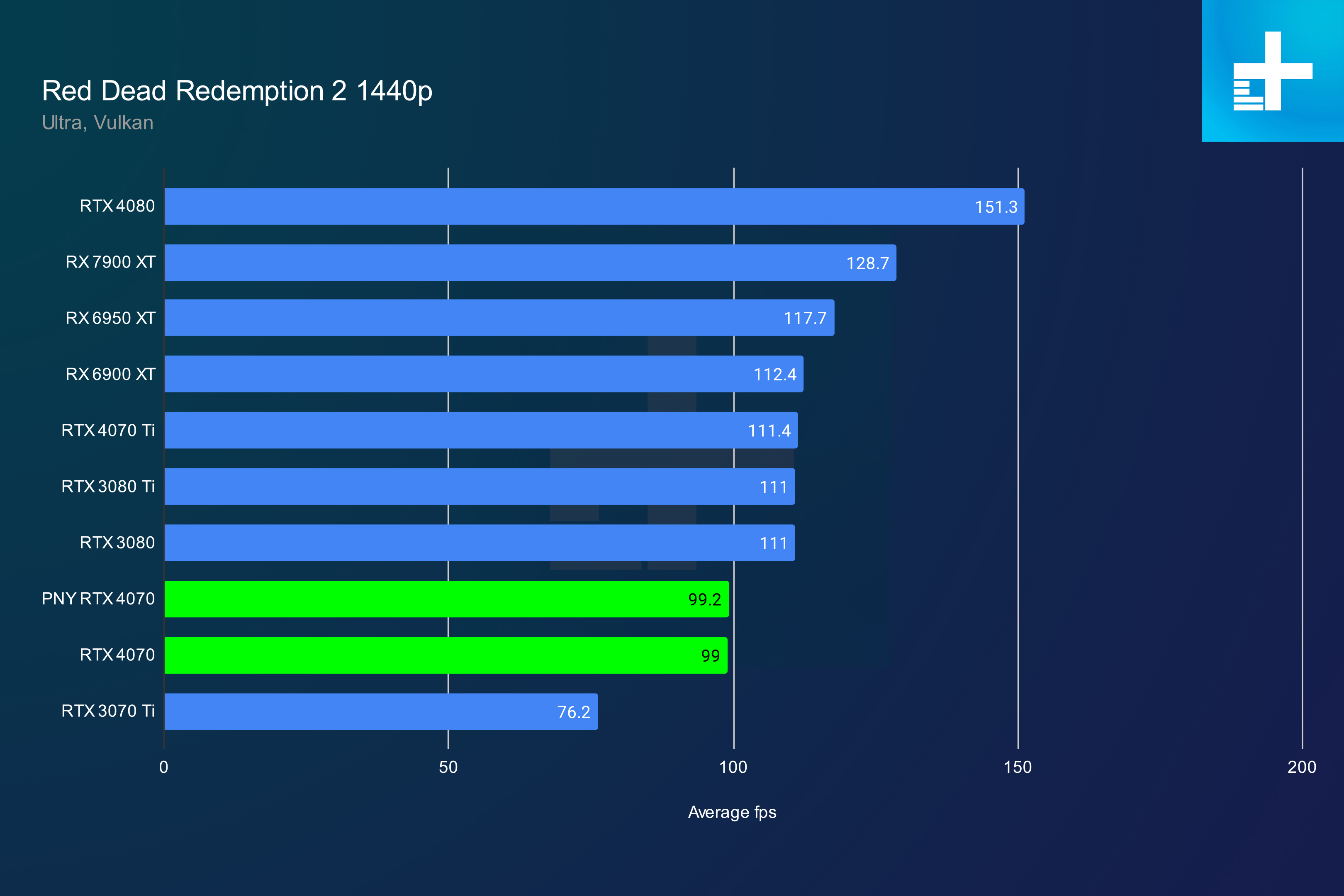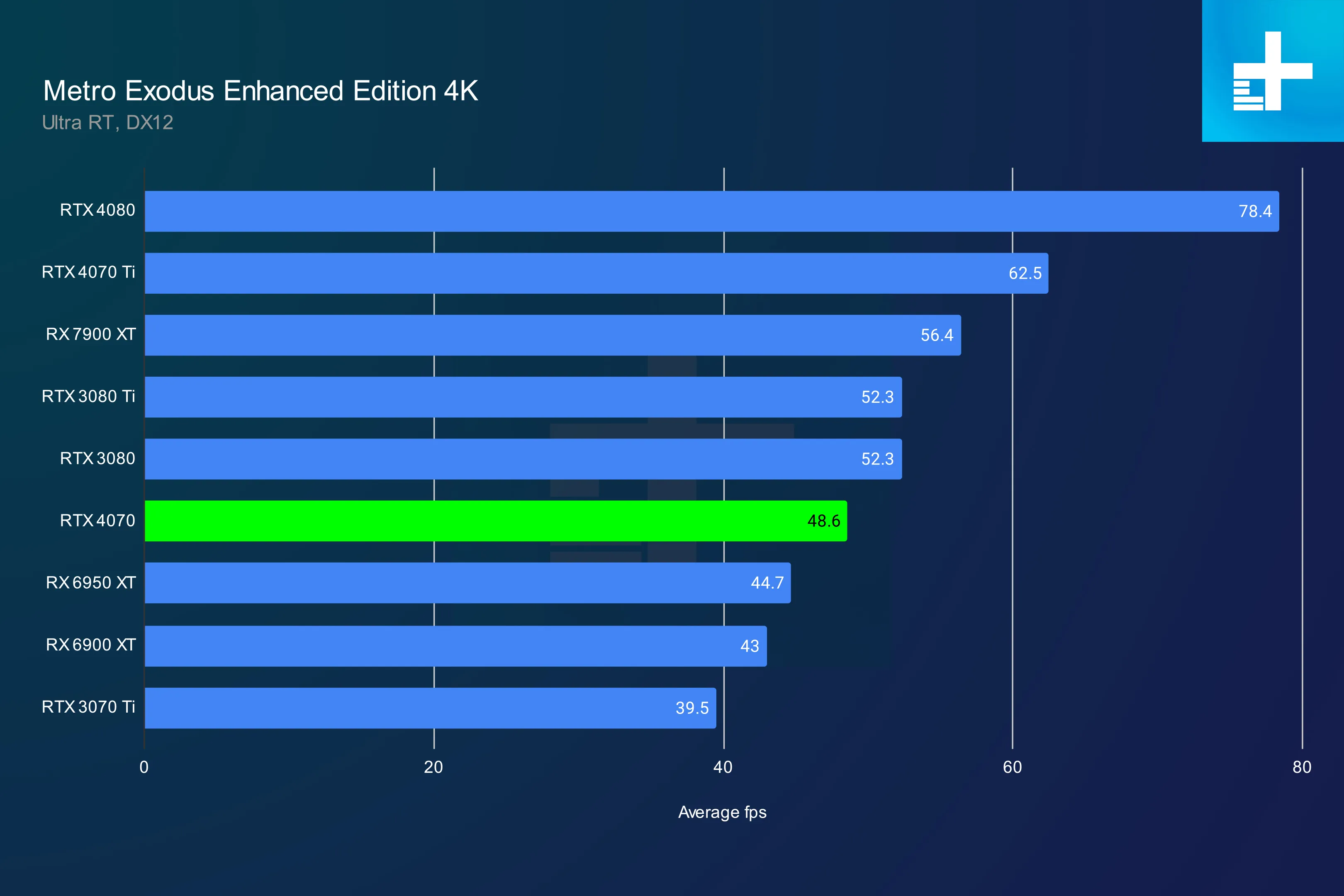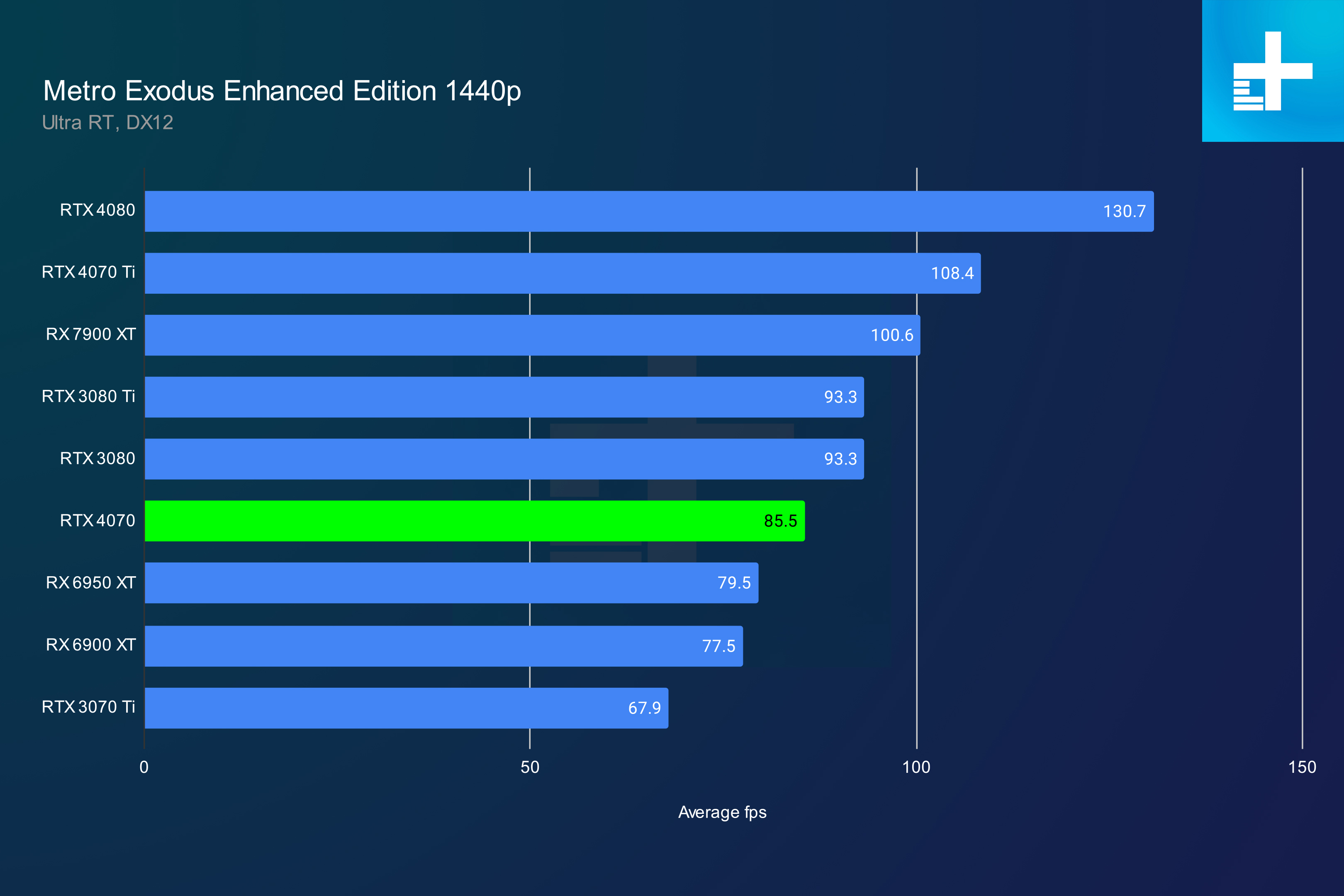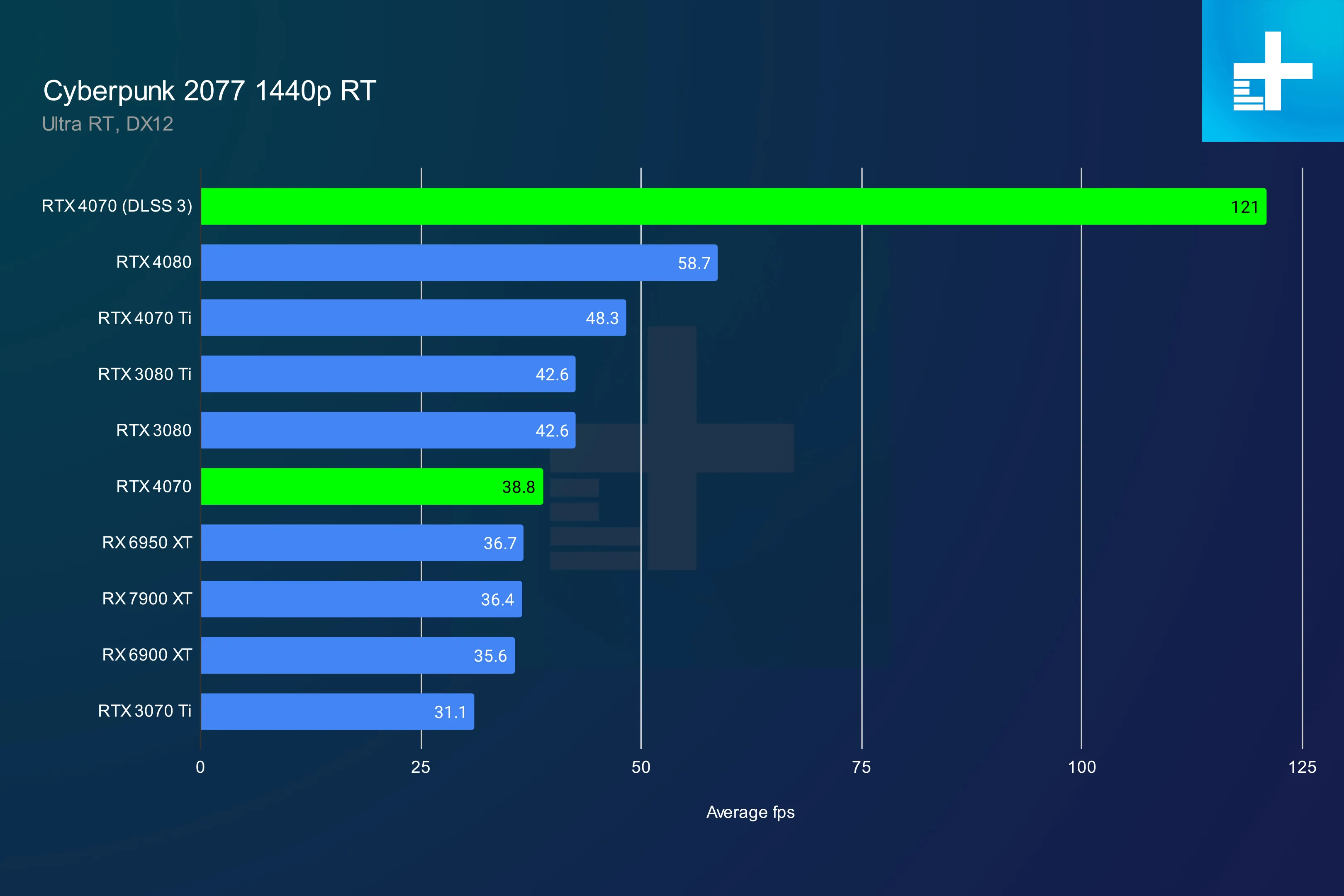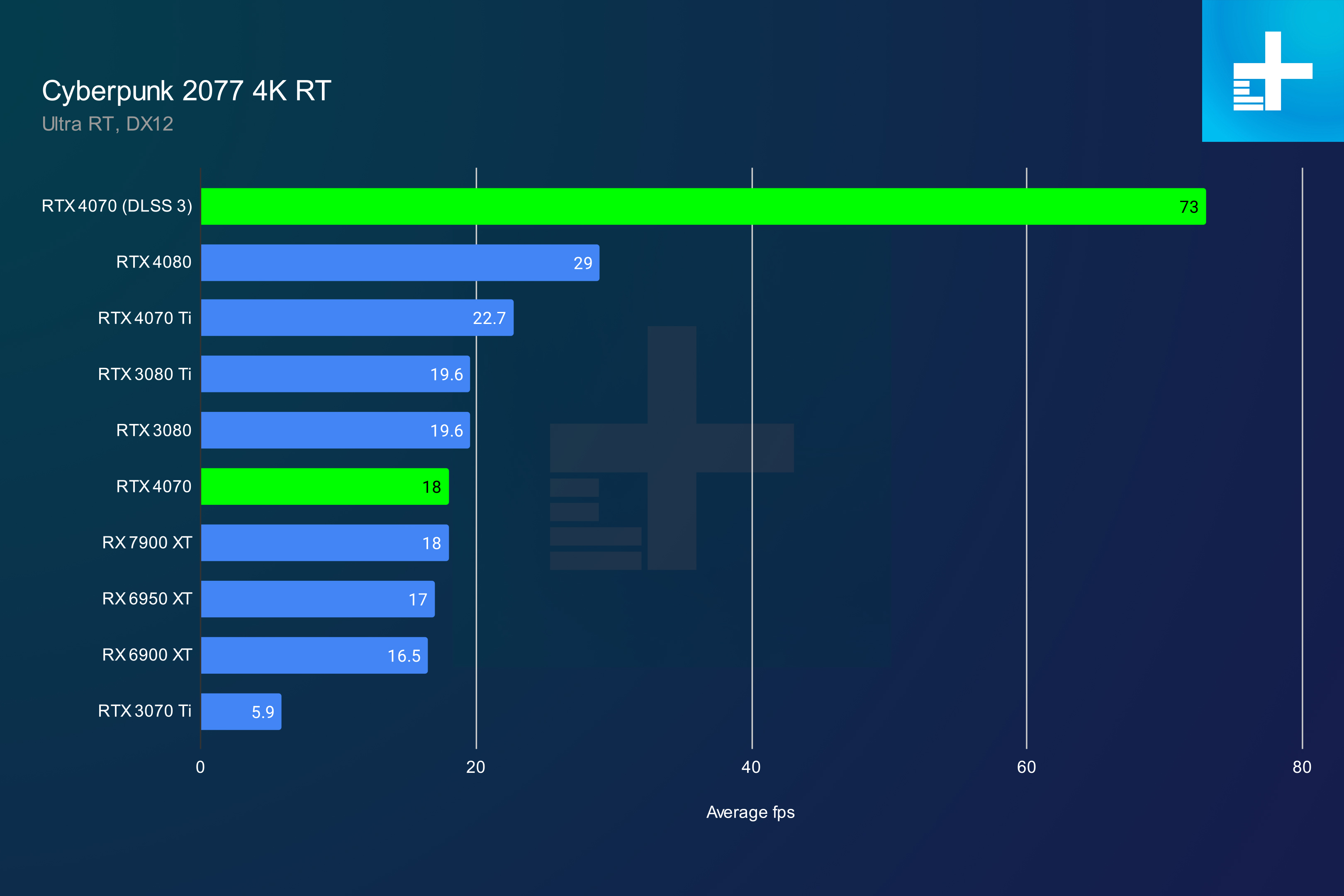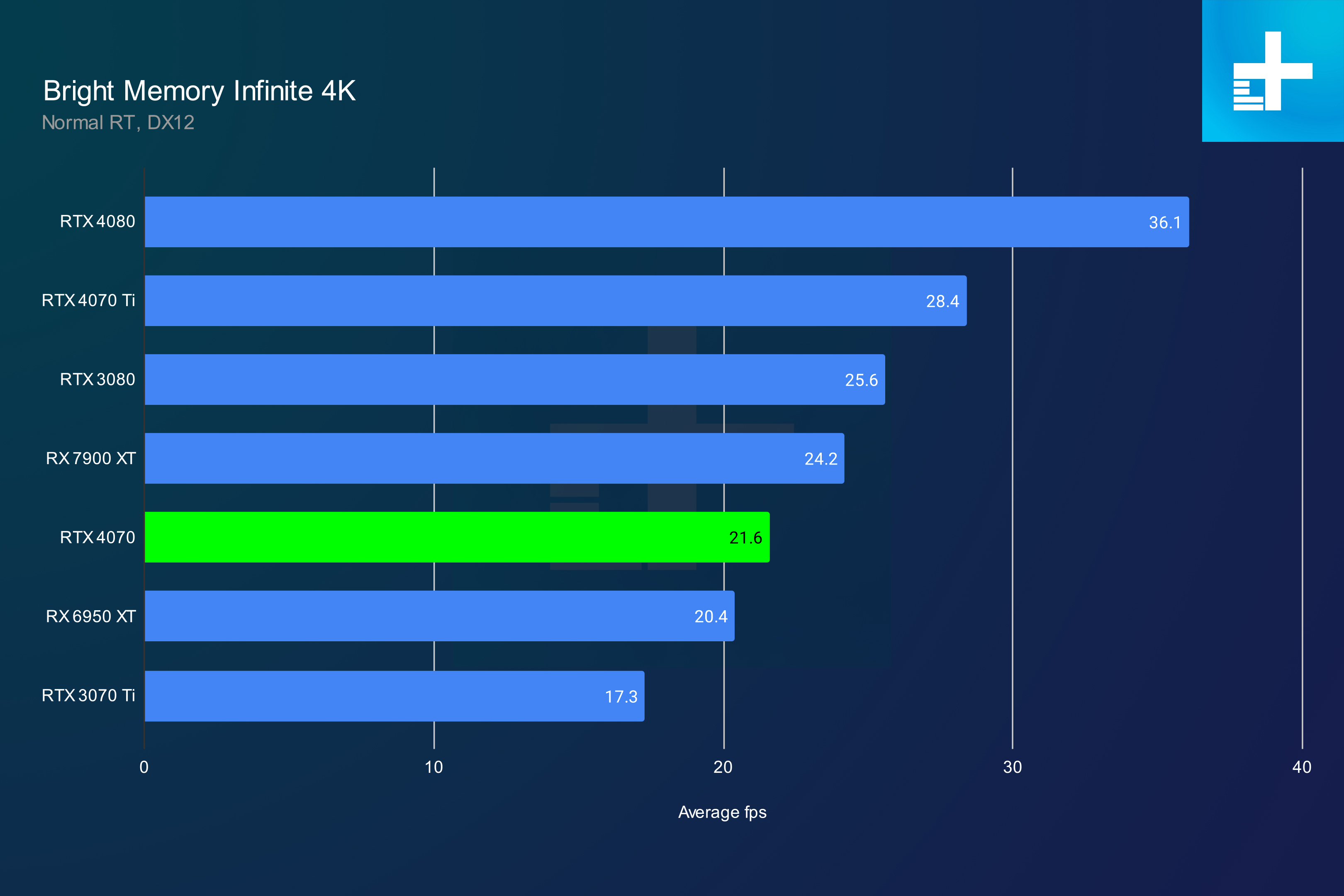Nvidia’s new RTX 4070 finally brings down the prices of the company’s Ada Lovelace generation, but it also introduces a decades-old dilemma for gamers on the hunt for the best graphics card: is it worth it to spend more for extra performance?
The go-to alternative is the RTX 4070 Ti, which sits on the edge of Nvidia’s midrange and high-end lineups. It’s clearly the more powerful graphics card, as you can read in my RTX 4070 Ti review. Despite that, I’d still recommend most shoppers stick with the RTX 4070. Here’s why.
Two different classes
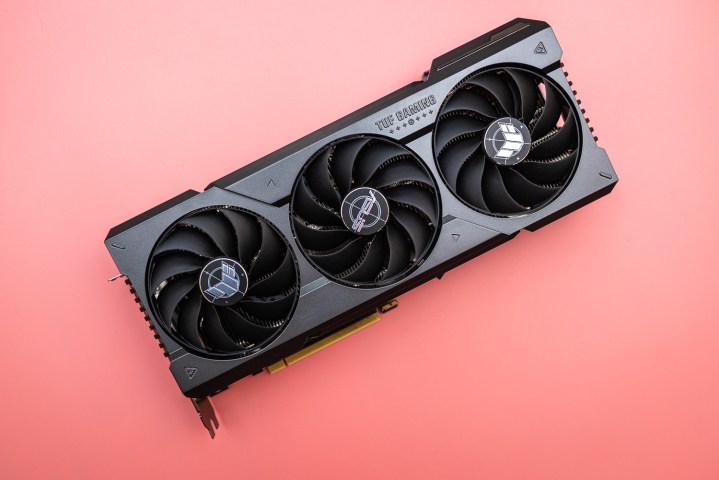
The RTX 4070 and RTX 4070 Ti may share a name, but they’re in completely different classes in terms of specs and performance. If you recall, Nvidia canceled the launch of its 12GB RTX 4080, which was eventually repackaged as the RTX 4070 Ti. As you can see from the spec sheet below, it comes with a much higher core count and it’s capable of much higher performance.
| RTX 4070 | RTX 4070 Ti | |
| Architecture | Ada Lovelace | Ada Lovelace |
| Process node | TSMC N4 | TSMC N4 |
| CUDA cores | 5,888 | 7,680 |
| Ray tracing cores | 46 3rd-gen | 60 3rd-gen |
| Tensor cores | 184 4th-gen | 240 4th-gen |
| Boost clock speed | 2,475MHz | 2,610MHz |
| VRAM | 12GB GDDR6X | 12GB GDDR6X |
| Memory clock speed | 10,500MHz | 10,500MHz |
| Memory data rate | 21 Gbps | 21 Gbps |
| Bus width | 192-bit | 192-bit |
| Total Graphics Power (TGP) | 200W | 285W |
| Where to buy |
That doesn’t mean it’s a strict win, though. The RTX 4070 is less powerful on paper and in practice, but it’s also $200 cheaper. The RTX 4070 Ti has a list price of $800 while the RTX 4070 clocks in at $600. In addition, Nvidia never released a Founder’s Edition design for the RTX 4070 Ti. The RTX 4070 not only has the Founder’s Edition design at $600 but also several third-party models at list price.
The RTX 4070 is still brand new, so we’ll have to see where prices end up once the launch boom has passed. For the RTX 4070 Ti, you can find a few models in stock at its $800 list price, though most models reach up between $850 and $900. I suspect that will happen with the RTX 4070, as well, with cards selling for $50 to $100 above list price. It’s too soon to say right now, though.

Although the RTX 4070 and RTX 4070 Ti have different core counts and clock speeds, they do share a memory interface. Both cards come with 12GB of GDDR6X memory on a 192-bit bus, which is great given the recent VRAM limitations some modern games have run into. In this two-way battle, it also benefits the RTX 4070. It’s not as powerful, but at least the cheaper card won’t run into VRAM issues like many 8GB cards currently are.
A clear value win

The RTX 4070 and RTX 4070 Ti are both angled as 1440p graphics cards, but they have enough power to hang at
That’s nothing to sneeze at, but the RTX 4070 Ti is also 33% more expensive than the RTX 4070 at list price. Neither card I tested was overclocked, so the gap in performance and price could sway a few points in either direction. Still, it’s clear that the RTX 4070 Ti is the point of diminishing returns in Nvidia’s current-gen lineup.
There are games where the extra power available to the RTX 4070 Ti makes a difference. In Horizon Zero Dawn and Red Dead Redemption 2, for example, the extra power helps the RTX 4070 Ti enjoy a 15% lead at
There are games where the gap shrinks, though, such as Forza Horizon 5. The RTX 4070 Ti only leads by around 8% at
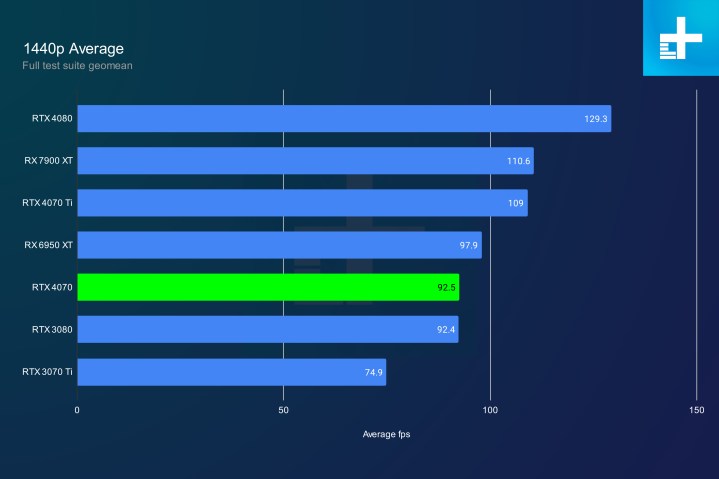
At 1440p, the scaling is similar. The RTX 4070 Ti shows slightly higher performance with an 18% lead over the RTX 4070, and those leads start to matter a bit more. In Cyberpunk 2077, for example, the RTX 4070 Ti ends up nearly 16% faster, representing a boost from 82 frames per second (fps) up to over 95 fps.
It’s important to remember that CPU bottlenecks can come into play at this resolution, though. In the case of Red Dead Redemption 2, for example, the RTX 4070 Ti’s lead shrinks to 12%. Bottlenecks aren’t common at 1440p, but they show up in games that lean heavier on CPU performance.
There’s no question that the RTX 4070 Ti is the more powerful
Ray tracing complicates things
If you lean heavier on games with ray tracing, the RTX 4070 Ti starts to become more attractive. In Bright Memory Infinite at
This isn’t just a situation where there are too few frames being rendered in these highly demanding games. Even down at 1440p, the RTX 4070 Ti maintains its lead over the RTX 4070 in
You won’t often play a game with
With DLSS turned on with both cards, the RTX 4070 Ti still maintains a lead. That lead just starts to matter a lot less. Oftentimes, DLSS 3 is purely the difference between playable and unplayable, and it only matters in demanding
Value sweet spot

The RTX 4070 Ti is more powerful than the RTX 4070, but the cheaper card packs too much punch at its price to ignore. Although a performance lead is still a lead, it’s hard to say that the RTX 4070 Ti provides a notably better gaming experience than the RTX 4070, especially when you consider both cards have access to DLSS 3.
The
Frame chasers will be better off with the RTX 4070 Ti, but for my money, I’d pick the RTX 4070 any day.

